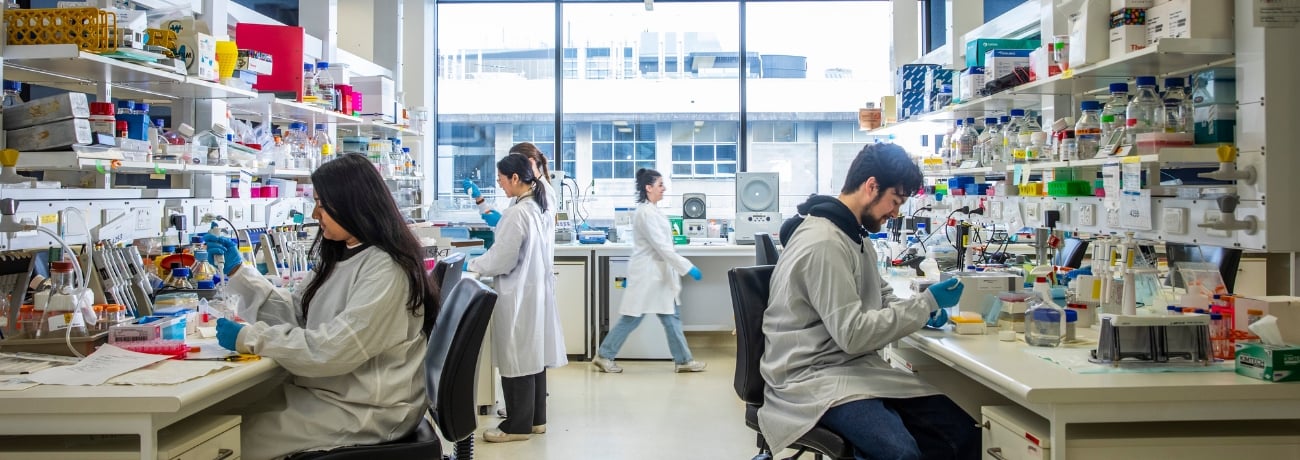The Australian Epilepsy Project (AEP) will provide a national network of community epilepsy hubs which will provide access to world-leading testing to guide the diagnosis and treatment of epilepsy. The project has received the largest single government investment made to epilepsy research in Australia.
The AEP will be led by Professor Graeme Jackson, a world-leading neurologist and epilepsy researcher at The Florey.
“The AEP will transform the medical journey of Australians living with epilepsy, saving them from years of uncertainty, trial and error medication approaches, serious side-effects, and the constant disruption of countless appointments, tests, and referrals,” said Professor Jackson.
“This is a once-in-a-lifetime opportunity for Australian researchers and clinicians to effectively rewrite the books for epilepsy diagnosis and change lives.”
The AEP team includes epilepsy researchers and clinicians who use AI to integrate cutting-edge imaging, cognition and genetics data to guide clinical decisions including diagnosis and precision treatment options including medications or surgery. The impact of this can be profound.
Twenty-three-year-old Rachel Vella is marking the six-year anniversary of pioneering brain surgery which cured her epilepsy.
“I would have violent seizures every single night. I thought I would have to live like this forever – that I wouldn’t be able to study or go to University, or have a normal life,” said Ms Vella.
“To have surgery was a hard decision for me to make as an 18-year-old, but it was the best decision I could have made,” she reflects. “It changed my life.”
The combination of advanced imaging, cognitive and genetic data, personalised treatment plans and if necessary, a skilled surgical team, means that people like Rachel can now live an independent life, free from seizures. Professor Jackson says that Rachel’s case should be the new standard of clinical care.
“Until now, this type of care has been the gold standard but hasn’t been able to be routinely available outside of specialised research centres. The AEP brings this high level of care directly to Australians living with epilepsy by delivering these services through community hubs in three states within the next five years, and we aim to grow further,” said Professor Jackson.
“Australia is a world-leader in epilepsy research. This investment by the Medical Research Future Fund means that we can continue to learn more about this condition, while also providing all Australians living with epilepsy equal access to treatment options which provide them with the best chance at living a life free from seizures.”
The AEP project team is a consortium of world-leading experts in neuroimaging, genetics and neuropsychology from The Florey, The University of Melbourne, Austin Health, Monash University and Seer Medical.
To find out more information, visit epilepsyproject.org.au
For all media enquiries contact The Florey Media team: [email protected]
